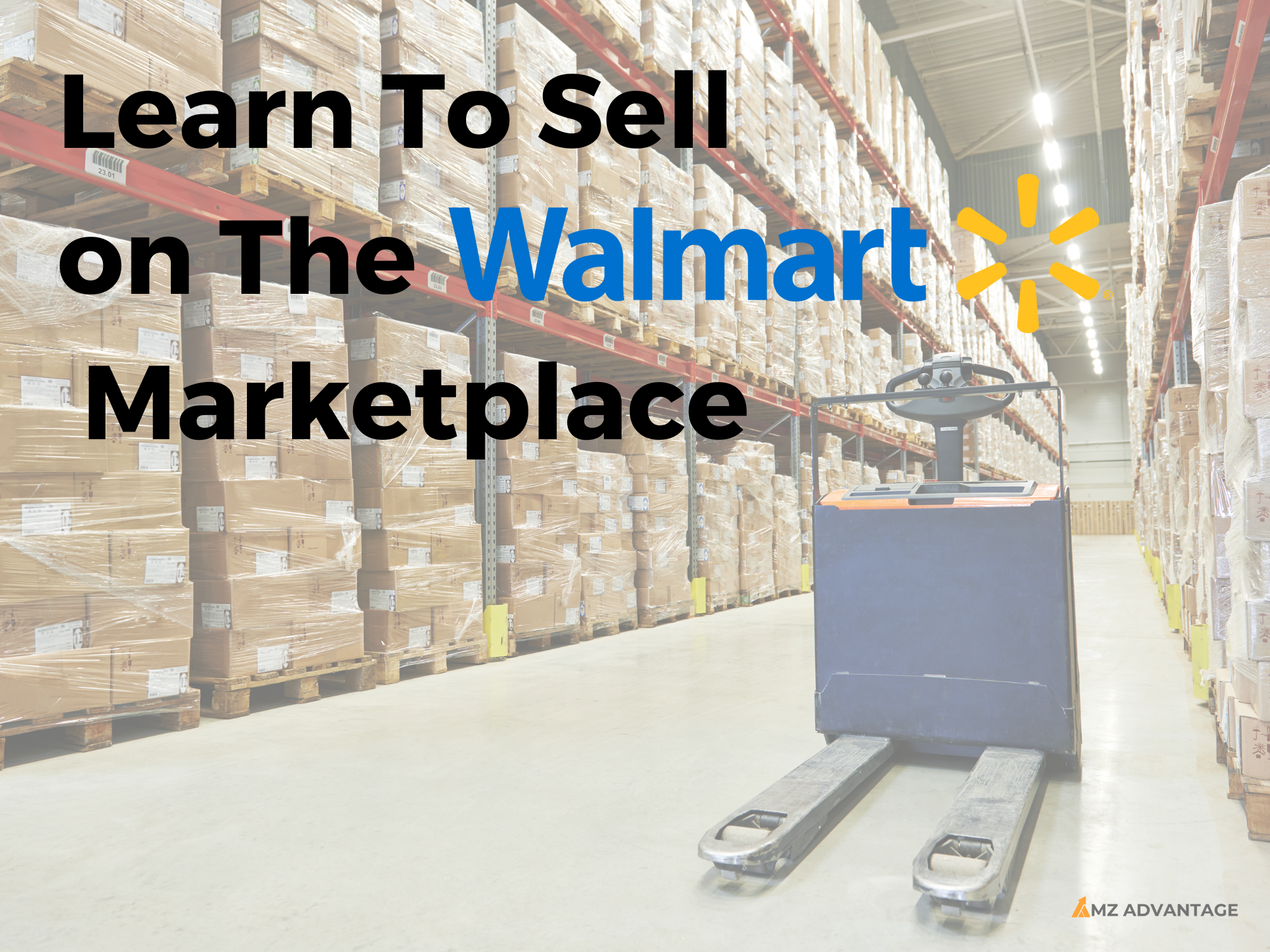As an Amazon seller, have you considered expanding your ecommerce business by selling on the Walmart Marketplace? While Amazon is the dominant player, the Walmart Marketplace has been growing rapidly, with over 120,000 new sellers joining in 2021 alone. In this post, we’ll explore the benefits of selling on Walmart, how the Walmart Seller Center and Walmart Marketplace work, and tips for Amazon sellers to successfully expand to this marketplace. So if you want to answer “How do I sell on Walmart?” read on!
Why Should Amazon Sellers Consider the Walmart Marketplace?
There are several appealing reasons for current Amazon sellers to also begin selling on the Walmart Marketplace:
- Expanded reach – Walmart has over 265 million monthly site visits in the US. Listing your products on Walmart in addition to Amazon significantly widens your customer reach.
- Diversification – Having multiple sales channels like Walmart Marketplace decreases dependency on just the Amazon marketplace, spreading out risk. This added flexibility can be key as market conditions and platform algorithms frequently change.
- Rising marketplace – More buyers are browsing and buying on Walmart Marketplace year-over-year as the marketplace grows. It’s projected to gain even more momentum in coming years.
- Lower competition – Competition is still less intense than Amazon in some categories, making it easier to win the buy box and get discovered on Walmart Marketplace.
- Lower selling fees – Walmart’s referral fees max out at 20% compared to Amazon’s average of 30% across most categories.
- Fulfillment options – Walmart offers both self-fulfillment and Walmart Fulfillment Services (WFS), their FBA equivalent.
By leveraging the scale of Walmart Marketplace beyond just the Amazon marketplace, sellers can maximize their ecommerce business growth and profitability.
How Does Selling on the Walmart Marketplace Work?
The application and onboarding process to become a seller on Walmart Marketplace has parallels to Amazon. Here are the key steps:
- Create a Walmart seller account – You first apply for a Walmart Marketplace seller account, providing business details like tax info and bank accounts. There is an annual $599 marketplace fee.
- Access your Walmart Seller Center – Once approved, you can access your Seller Center dashboard for account management, similar to Amazon’s Seller Central.
- Integrate inventory – Listings can be added manually or integrated using channel integrators like Zentail. Retail Link provides inventory data.
- Manage orders – As sales come in on Walmart Marketplace, you process and fulfill orders yourself or using Walmart Fulfillment Services.
- Monitor metrics – Key metrics like star seller ratings and ODR monitor account health, comparable to Amazon.
Walmart also has extensive help resources, videos, and guides in the Walmart Seller Center to support onboarding.
Tips for Amazon Sellers Expanding to the Walmart Marketplace
When preparing to expand as an Amazon seller onto the Walmart Marketplace, keep these tips in mind:
- Carefully select products – Consider factors like rank, sales history, and category performance on Walmart Marketplace vs Amazon when picking products to list first. Choose ones likely to perform well.
- Optimize listings – Provide all required information like high-res images, titles, descriptions, attributes, shipping costs, and processing times. Stand out with additional content like videos.
- Monitor inventory – Stay on top of stock levels across both channels. Use a multichannel inventory management tool to sync inventory availability.
- Enable 2-day shipping – Match Amazon Prime by offering fast, free 2-day shipping on eligible items through Walmart Fulfillment Services to boost conversion rate.
- Use advertising – Walmart has an advertising platform similar to Amazon Sponsored Ads. Use keyword targeting and auto-campaigns.
- Analyze performance – Keep close tabs on metrics for each product like impressions, clicks, CTR, conversions, and ROI. Tweak listings and bids accordingly.
- Provide top-notch customer service – Respond to Walmart Marketplace questions and resolve issues promptly to earn positive seller ratings. Customer service is critical on both marketplaces.
- Leverage promotions – Take advantage of seasonal sales events and opportunities for product spotlights like Lightning Deals on Amazon.
Following best practices that have worked well for you on the Amazon marketplace while also optimizing specifically for Walmart Marketplace will set you up for success expanding to this platform.
Using Amazon MCF to Easily Sell on the Walmart Marketplace
An easy route for getting started selling on the Walmart Marketplace is using Amazon Multi-Channel Fulfillment (MCF). This allows you to leverage Amazon’s fulfillment network to also fulfill your Walmart Marketplace orders.
Here’s how the MCF process works:
- Enroll in MCF on Amazon Seller Central if you use FBA. Schedule shipments to Walmart warehouses.
- When an order comes in on Walmart Marketplace, Amazon will pick, pack and ship the item for you directly to the customer.
- You handle any Walmart Marketplace customer service while Amazon handles fulfillment, making expanding to Walmart simple.
MCF reduces the logistical challenges of cross-channel selling on Walmart Marketplace. Amazon handles fulfillment for sales on both the Amazon marketplace and Walmart Marketplace while you manage customer service and suppliers.
With MCF, Amazon sellers can quickly and seamlessly tap into the Walmart Marketplace while minimizing added fulfillment work and costs.
Grow Your Ecommerce Business with the Walmart Marketplace
In summary, the Walmart Marketplace presents a tremendous opportunity for Amazon sellers to expand their customer reach and sales by cross-listing products. Perks like lower fees, alternative fulfillment options, and reduced competition make the Walmart Marketplace an appealing additional sales channel. With optimization best practices tailored to the Walmart platform, Amazon sellers can find success selling on the growing Walmart Marketplace. Easing into cross-channel selling using Amazon MCF further simplifies the process.
If you need any assistance expanding to the Walmart Marketplace or want guidance optimizing your Amazon and Walmart strategy, the ecommerce experts at AMZ ADVANTAGE are here to help! Our team has years of direct selling experience across top marketplaces. We make it simple to grow your brand across multiple channels while excelling on the Amazon marketplace. Reach out for a free strategy session to explore how we can help take your business to the next level!






